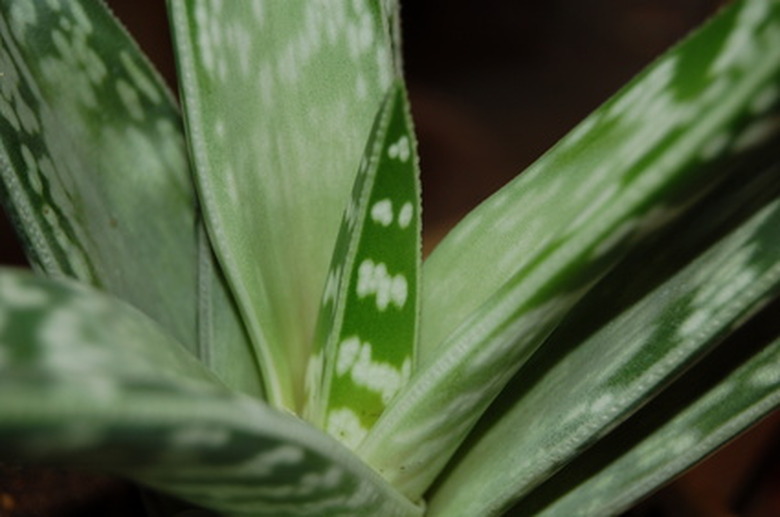Aloe Plicatilis Care & Maintenance
Also known as the fan aloe, Aloe plicatilis is a large, branching aloe species native to Cape Province in South Africa. It can grow up to 16 feet high and bear multiple forked branches on a woody trunk. The grey-green, strap-like leaves are flattened and fleshy with no spines on the margins except at the tips, which have small teeth. The leaves grow up to 12 inches long and two inches wide and are borne in fans at the end of the grayish stems. Each leaf fan bears a single, slender raceme of up to 50 orange to red tubular flowers two inches long during the fall and winter in the Northern Hemisphere.
Climate
Aloe plicatilis is a hardy aloe species that tolerates temperatures down to freezing, although anything but the lightest frost is likely to damage the plant. In the United States it will grow outdoors year round in USDA Zone 10 and above and even Zone 9 if it is protected from frost. It prefers temperate zones, such as coastal southern California, with moist winters and warm but not excessively hot nor humid summers.
- Also known as the fan aloe, Aloe plicatilis is a large, branching aloe species native to Cape Province in South Africa.
- Aloe plicatilis is a hardy aloe species that tolerates temperatures down to freezing, although anything but the lightest frost is likely to damage the plant.
Planting
Aloe plicatilis thrives in humus-rich acidic soils with plenty of sand or pebbles to aid free drainage. It will grow in full sun but prefers some shelter from direct summer sunshine and thrives in high or semi-shade. The whole plant must receive even light to prevent lopsided growth. In areas susceptible to frost or heavy rains, Aloe plicatilis is best planted in a large container that can be moved indoors during adverse conditions.
Watering
This aloe can withstand long periods of drought thanks to its water-retaining succulent leaves, but needs regular water during its summer growing season and less during the winter. The soil should be allowed to dry out completely between waterings as it will not tolerate waterlogged soil. If your plant has thin, wrinkled leaves it needs more water or less direct sun. Plump, shiny leaves on an Aloe plicatilis are a good indicator that the plant is in good health and receiving the correct amount of water.
- Aloe plicatilis thrives in humus-rich acidic soils with plenty of sand or pebbles to aid free drainage.
- In areas susceptible to frost or heavy rains, Aloe plicatilis is best planted in a large container that can be moved indoors during adverse conditions.
Fertilizing
Like most succulents, Aloe plicatilis does not need much fertilizer to thrive. A half-strength dose of liquid cactus fertilizer (low in nitrogen) every six weeks during the summer growing season is enough. It is generally better to underfertilize succulents such as aloes as too many nutrients can burn roots and cause them to grow too fast, becoming weak and disfigured.
Maintenance
Aloe plicatilis is a low-maintenance species. Old leaves drop off the stems naturally and its compact shape means that little pruning is needed. Old flower heads and any damaged branches can be removed for cosmetic reasons, and any branches with signs of rot should be cut off. Potted plants should only be repotted when completely pot bound.
- Like most succulents, Aloe plicatilis does not need much fertilizer to thrive.
Propagation
The easiest way to propagate Aloe plicatilis is by stem cuttings from branches removed during pruning. Branches should be allowed to air dry for a week before being planted in damp, sterile sand or compost. They may lose leaves but will root and grow provided the substrate is not too wet. The species can also be grown from seed but is very slow growing, and using stem cuttings will yield large plants much faster.
